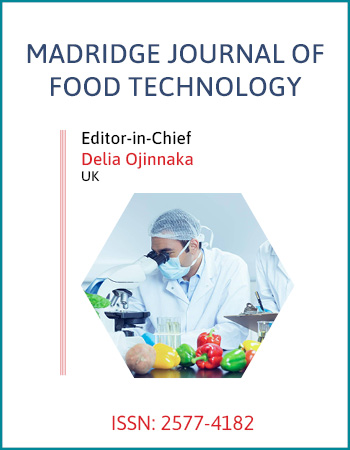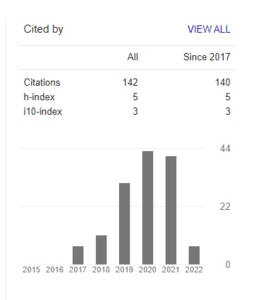International Conference on Food Science and Bioprocess Technology
November 20-22, 2017 Dubai, UAE
Pre and Post Harvest Factors Responsible for Fruit Keeping Quality of Citrus
Sher-e-Kashmir University of Agricultural Sciences and Technology of Jammu, India
Losses in citrus fruits crop are influenced by pre- and postharvest factors. Preharvest factors include climatic conditions, especially relative humidity, rain, temperature, cultivation practices, tree health, stage of fruit maturity, and fruit type. Post-harvest practices such as harvesting, handling, treatments, packaging, and marketing greatly influence fruit losses. Losses take place at various stages of handling, from harvesting until fruit reaches consumers. Usually higher losses are encountered in mechanically harvested citrus. Physiological disorders are the result of dysfunction or malfunction of the physiological processes of the fruit tissues due to abiotic stresses and are therefore distinct from disorders caused by biotic factors such as disease-causing pathogens and insect-pests. Quality changes in the harvested fruit can be studied from two different angles, namely, postharvest physiology and postharvest pathology. Respiration is the predominant physiological process in harvested fruits. In contrast to most other fruits, citrus fruits are non-climateric and the rateof postharvest respiration is low and does not show a tendency to increase. Detached citrus fruit does not ripen. The rate of respiration is faster at higher temperature. As long as the oxygen supply is adequate, the respiration quotient is close to unity. Respiration can be depressed by decreasing the concentration of oxygen or increasing the concentration of carbon dioxide in the atmosphere surrounding the fruit. In essence, this is the technology of “controlled atmosphere.” Another important postharvest change is moisture loss due to transpiration, partially depressed by waxing. Postharvest changes in mechanical properties include softening. Postharvest deterioration of taste and aroma is particularly important in mandarins. Chilling injury is observed most frequently when fruit, previously stored at low temperature for a few weeks, is exposed to ambient temperature. The most common type of chilling injury in citrus is “pitting,” to which grapefruit is particularly susceptible. The most common postharvest pathogens of citrus fruit are fungi and particularly Penicilliumdigitatum and Penicilliumitalicum, known as the green and blue molds, respectively. The most commonly applied fungicides are sodium orthophenylphenate and thiabendazole. Most frequently recommended storage conditions are temperatures of 5–9°C for oranges, 7–12°C for lemons, 9–12°C for grapefruit, 3–9°C for tangerines and mandarins, and 9–12°C for limes, high relative humidity and adequate aeration.
Biography:
Dr. Akash Sharma is working as Assistant Professor in the Advanced Centre for Horticulture Research of Sher-e-Kashmir University of Agricultural Sciences and Technology of Jammu (SKUAST-J). His ground-breaking work on the fruit culture has led to new insights. Further, he significantly advanced the knowledge of fruits by the way of Teaching, Research and Extension. Dr. Sharma holds Ph.D. degree in Fruit Science (Horticulture) from SKUAST-Jammu. His research finding have appeared in several national and international peer-reviewed journals and conferences and have sixty four publications, guided five M.Sc. students, released sucking type of mango variety and has delivered more than fifty lectures in different training programme to orchardists and departmental functionaries. He already has a substantial body of work, which promises an outstanding career. His theoretical brilliance and creativity, fierce intellectual courage will inspire the upcoming generations of students. He has emerged as one of our best new researchers and thinkers in the area of Fruit Science. His major area of research includes Fruit production technology under changing climate; he is Principal Investigator of one externally funded project on High density orcharding of mango and guava in Jammu sub-tropics and Co-PI of two projects. Dr. Sharma is associated with several professional societies in the area of Horticulture.



